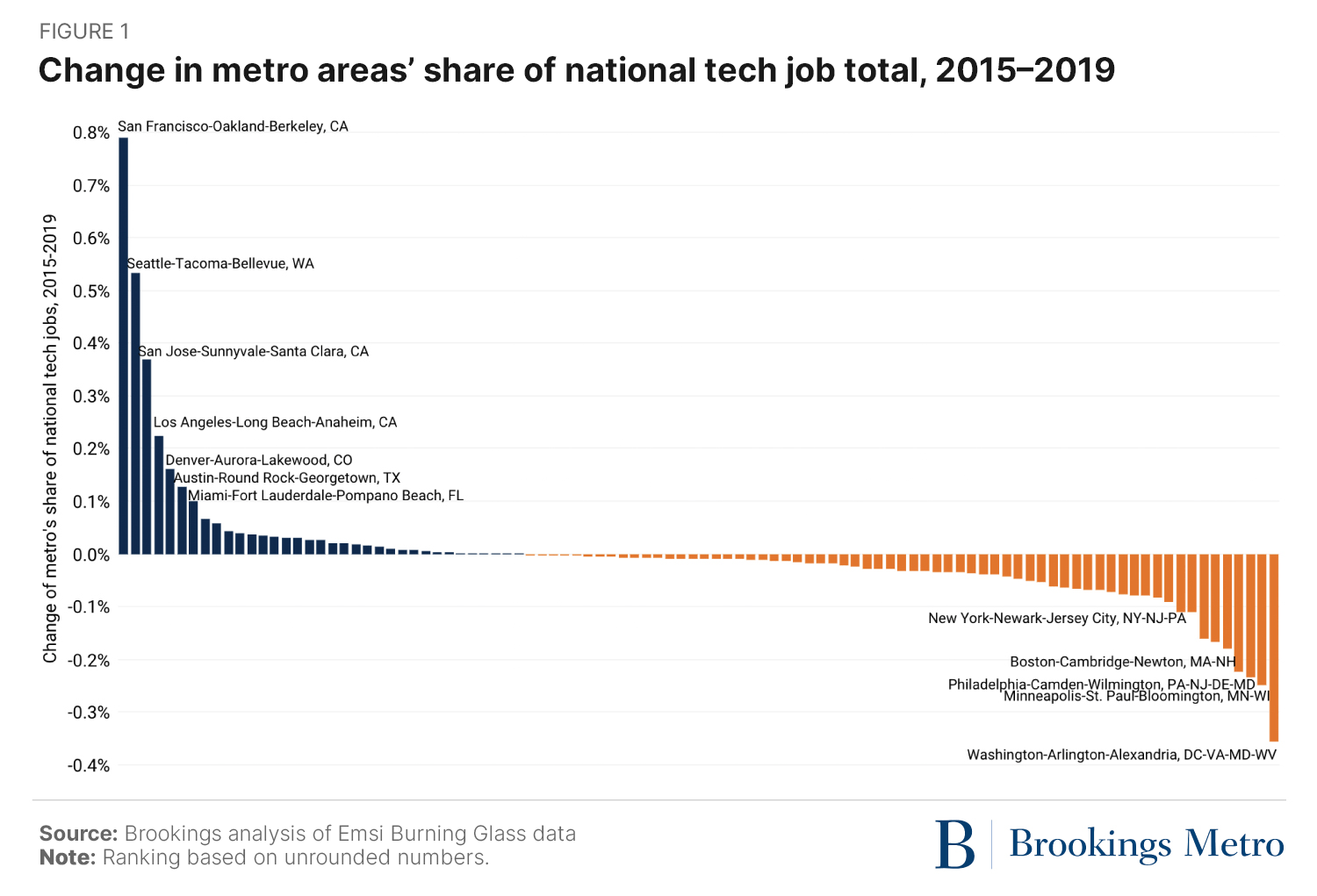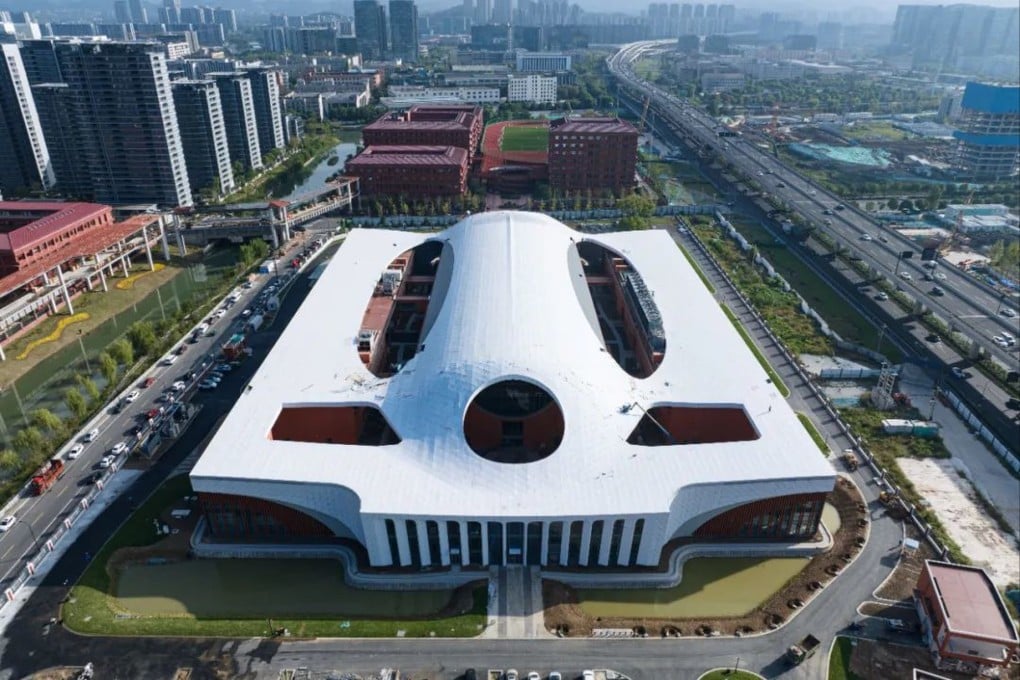In the U.S., recent waves of tech innovation and adoption have greatly altered the nation’s economic landscape. These waves have brought both the diffusion of new technologies into new regions (with local economic benefits), but also intense clustering of jobs and businesses related to them, which has contributed to vast inequality among regional economies.
- This is the subject of the current report. A companion to the earlier Brookings paper that warned about the uneven geography of AI activity, the discussion here reviews the AI location problem and highlights key federal, state, and local policy moves that could counter it.
- After that, the report recommends an array of federal, state, and local actions that could promote more even geographic development as the industry enters a new growth stage powered by generative AI.
- Ultimately, the report suggests that policymakers now have an opportunity to bring about more geographically inclusive development for one of the most important innovations of our time. . .
And Brookings Metro recently described a similar “winner-take-most” dynamic in six digital service industries, where the concentration of employment in a short list of “superstar” metro areas has been increasing over the last decade.

- Despite the known benefits of such industry clustering, the uneven geography of tech is not always benign.
- Most notably, certain aspects of clustering—based on tech-inherent influences such as first-mover advantages, agglomeration dynamics, and the network effects produced by tech platforms—threaten the balance of the economy.
- And as an economic development issue, such imbalances tend to create large pools of high-skill workers in some areas while other areas suffer a “brain drain” that leaves lower-skill workers behind.
., & also say only 6 metro areas (San Francisco, San Jose, New York, Los Angeles, Boston, and Seattle) accounted for nearly half (47%) of the nation’s generative AI job postings from January 2023 to May 2023, according to new research. Dive in: brookings.edu/articles/build
Views





No comments:
Post a Comment